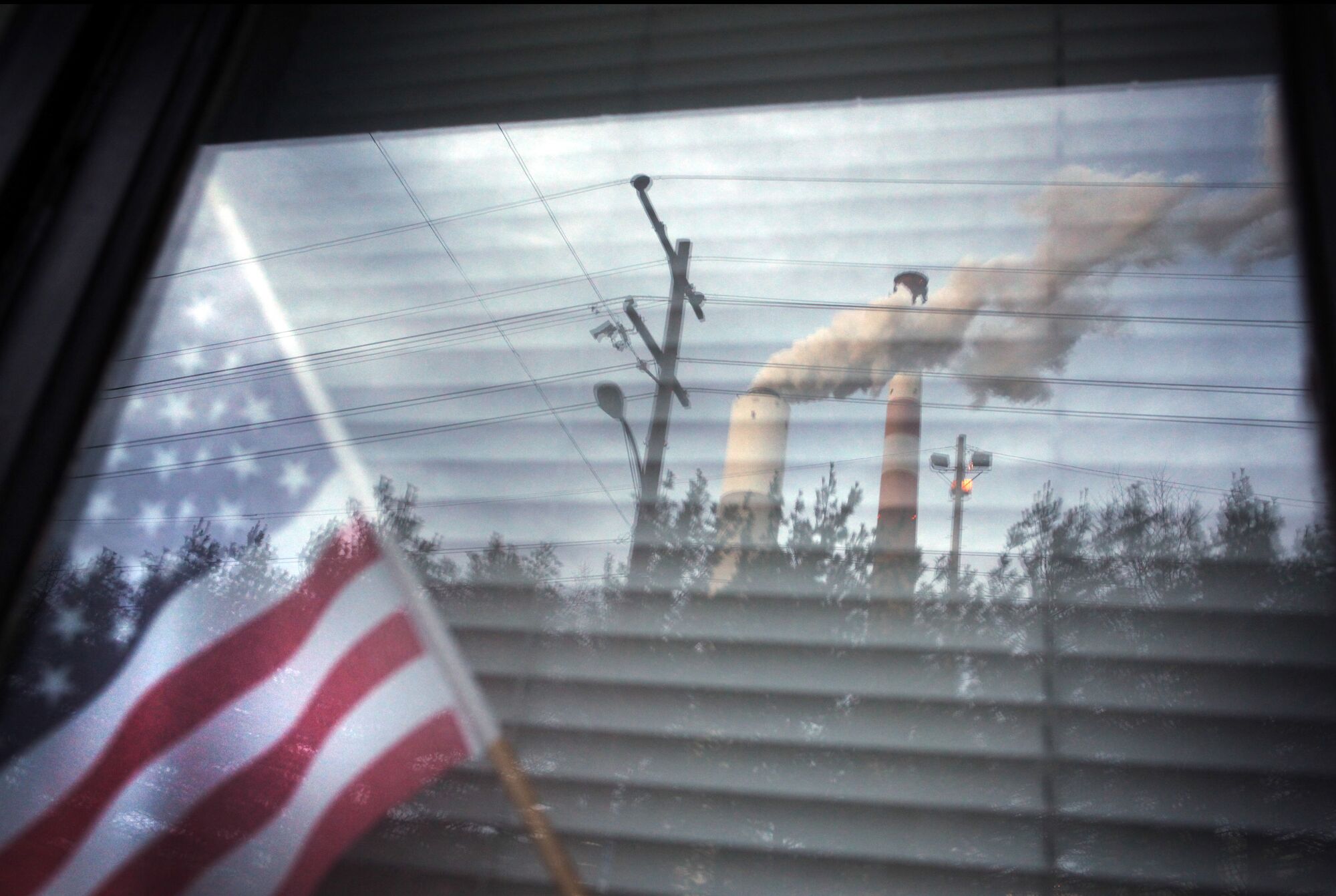When companies burn coal in the U.S., significant amounts of mercury spew into our air. Now, that mercury is controlled, thanks to a federal rule that Earthjustice and our clients fought for, defended, and successfully expanded.
For decades, oil-burning and coal-burning power plants largely avoided restrictions on emissions of hazardous air pollution, which the Clean Air Act regulated.
Finally, in 2012 after nearly 20 years of litigation by Earthjustice and our clients, the U.S. Environmental Protection Agency required power plants to bring their hazardous air pollution under control under the new Mercury and Air Toxics Standards (MATS).
The standards were widely adopted by industry and have proven enormously successful at limiting dangerous air pollution. Power plants began drastically reducing mercury and other air pollution linked to breathing illnesses, heart disease, and cancer, among other illnesses, saving up to 11,000 lives each year from premature death.
Our Clients
Air Alliance Houston, Downwinders at Risk, Montana Environmental Information Center, NAACP, Sierra Club
Building on this success, the Biden administration expanded the rule in 2024, after a years-long campaign by Earthjustice and our clients to defend and deepen these protections.
Learn about the Mercury and Air Toxics Standards.
The Mercury and Air Toxics Standards force older, dirtier power plants to clean up their act.

Coal-fired power plants are some of the worst industrial polluters.
Until the Mercury and Air Toxics Standards came online, power plants accounted for half of the total man-made emissions of mercury in America and more than half of all arsenic, hydrochloric acid, hydrogen fluoride, and selenium emissions. They are also among the worst emitters of other toxics, including lead (think Flint, Michigan) and chromium (think Erin Brockovich).
Initially established in late 2011 after decades of effort by Earthjustice and others, the Mercury and Air Toxics Standards became the first set of federal regulations to:
- Limit mercury and other air toxics emitted by power plants; and
- Require meaningful reductions of pollution from many older coal plants that had been allowed to dodge pollution control requirements for decades.
“Mercury emissions are devastating for communities downwind of industrial power plants, but it’s not the only highly toxic air pollutant these facilities emit,” says Earthjustice Attorney Neil Gormley.
“The Mercury and Air Toxics Standards cover a long list of toxic substances emitted by power plants, and it’s the first rule to seriously reduce this harmful pollution.”
The Mercury and Air Toxics Standards drastically reduces toxic air pollution.

Once the Mercury and Air Toxics Standards was enacted, the worst emitting power plants had to choose between shutting down or installing pollution control equipment, such as baghouses and scrubbers.
The results were stunning.
Mercury emissions from power plants dropped by 81.7% from 2011 through 2017, according to analysis by the Center for American Progress.
And, contrary to dire predictions by lobbyists for the power industry, power plants are continuing to operate, and the lights remain on.
“The reductions were very significant; everything worked very smoothly,” says Earthjustice attorney Jim Pew, who has been working to clean up pollution from our nation’s power plants for decades.
The Biden administration strengthens the Mercury and Air Toxics Standards.

In 2024, the EPA strengthened the Mercury and Air Toxics Standards. The further protections include:
- Expanded continuous emissions monitoring, which shows communities how much pollution is coming out of the power plants in their neighborhoods and whether those facilities follow the law;
- Stricter pollution limits for particulate matter and mercury that will require the dirtiest plants, which account for a disproportionate amount of power plants’ toxic pollution, to reduce their emissions;
- Elimination of a regulatory loophole facilities used to exceed emission limits each time they started up.
Importantly, the EPA’s stronger rule recognizes that an overwhelming majority of power plants are already achieving even lower emission levels than the new limits require.
More work is still needed to safeguard public health and reduce environmental injustice. Specifically, other toxic pollutants that power plants emit — including benzene and dioxins — are still effectively unregulated.
“We applaud the EPA for strengthening this critical rule, which will now save even more lives,” says Earthjustice Attorney Neil Gormley.
“We will continue fighting for stronger protections until all people are safe from hazardous air pollution.”
With the support of Bloomberg Philanthropies’ Beyond Carbon campaign, Earthjustice is working at every level to protect communities and clean up power plant pollution.
For more information on the Mercury and Air Toxics Standards, please see Erasing Lives: The EPA’s Crooked Scheme, a report from Earthjustice on the 20-year battle to regulate power plants, the backstory behind the Trump administration's efforts to overturn the protections, and personal stories from those who live near power plants.
Jim Pew is a senior attorney in the Washington, D.C., office. He joined Earthjustice in 1997. Since then, his work has included air toxics litigation to reduce toxins emitted from hazardous waste incinerators, cement kilns, coal-fired power plants, and more.
Neil Gormley is a senior attorney in the Washington, D.C., office.
Earthjustice’s Washington, D.C., office works at the federal level to prevent air and water pollution, combat climate change, and protect natural areas. We also work with communities in the Mid-Atlantic region and elsewhere to address severe local environmental health problems, including exposures to dangerous air contaminants in toxic hot spots, sewage backups and overflows, chemical disasters, and contamination of drinking water. The D.C. office has been in operation since 1978.
